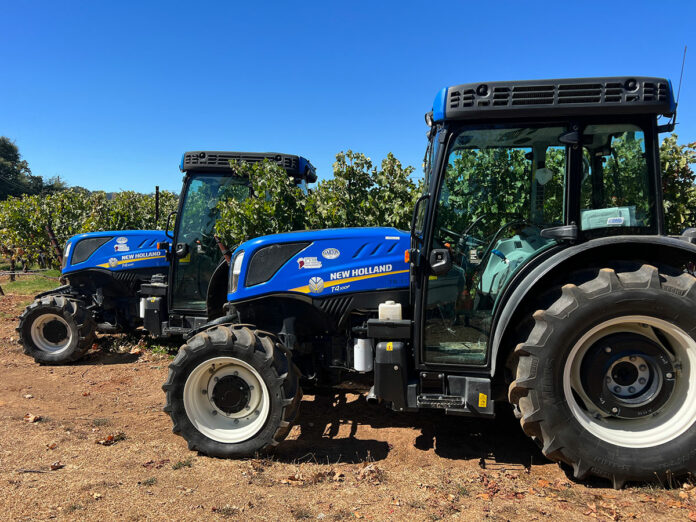
Despite climate and global warming concerns, this summer in Sonoma County was relatively cool if measured by the late onset of grape harvests. A few days of late-summer heat in the 90s helped bring sugar levels up, and predicted rains—not good for late grapes—have growers scrambling to bring in crops.
In Sonoma County, grape growing and winemaking is big business. Sonoma County produces about 6% of the wine grown in California. Beginning in the 1800s, California’s oldest premium winery and longest continuously operated winery, Buena Vista and Gundlach-Bundschu, respectively, began production in Sonoma Valley.
The county’s rugged mountains, Pacific Ocean coastline and valley drainages provide a variety of growing conditions and soil types. Soil type, climate, topography, air drainage and slope orientation all contribute to “terroir,” the French and English term for the environmental characteristics that create unique flavors in food or wine.
Fun facts: Wines designated with an AVA (American Viticultural Area) must have 85% content from that AVA. Sonoma County is divided up into 19 AVAs. The county’s viticultural areas, alphabetically, are: Alexander Valley, Bennett Valley, Carneros-Sonoma, Chalk Hill, Dry Creek Valley, Fort Ross-Seaview, Fountaingrove District, Green Valley, Knights Valley, Moon Mountain, Northern Sonoma, Petaluma Gap, Pine Mountain-Cloverdale Peak, Rockpile, Russian River Valley, Sonoma Coast, Sonoma Mountain, Sonoma Valley and West Sonoma Coast.
Approximately 60 varieties of grapes are grown in the county, but they are dominated by six varietals comprising 90% of production. Mainstay varietals as a percentage of county production are: Chardonnay (32%), Pinot Noir (23%), Cabernet Sauvignon (19%), Sauvignon Blanc (7%), Zinfandel (5%) and Merlot (4%).







